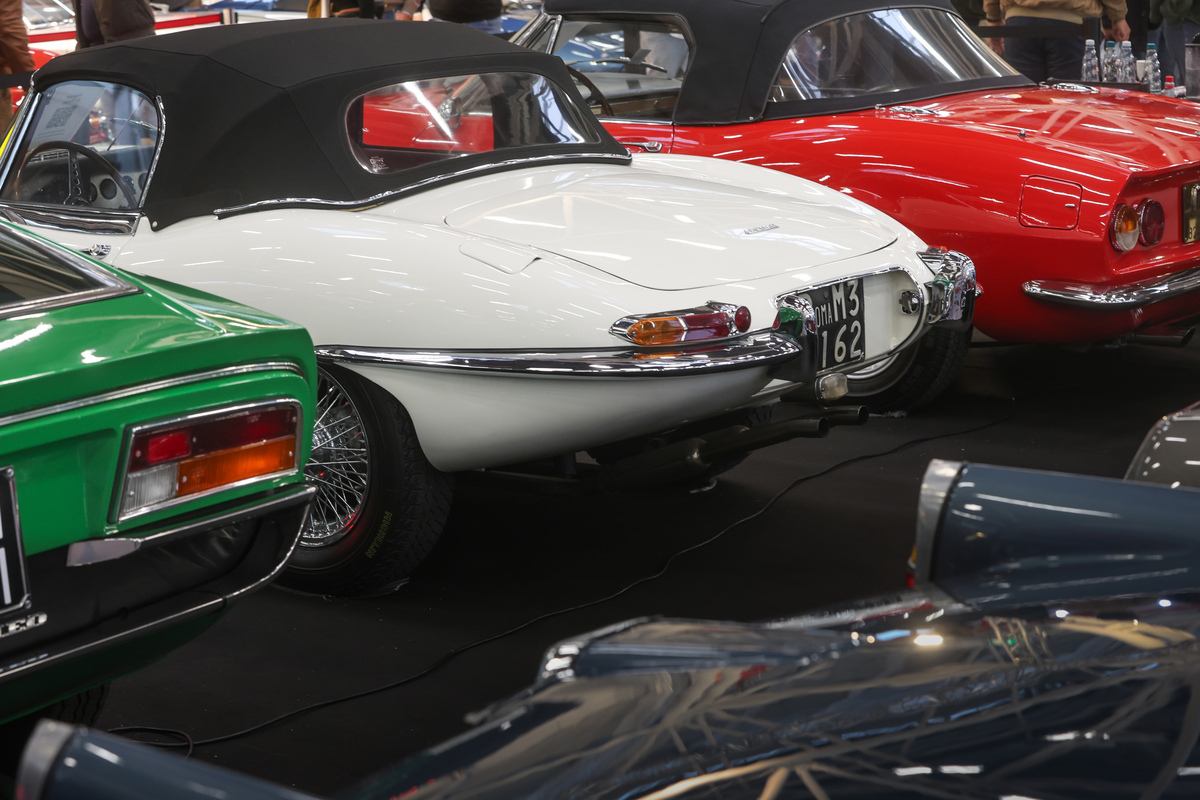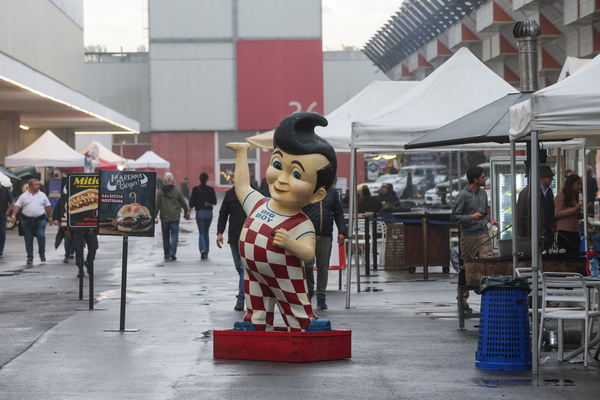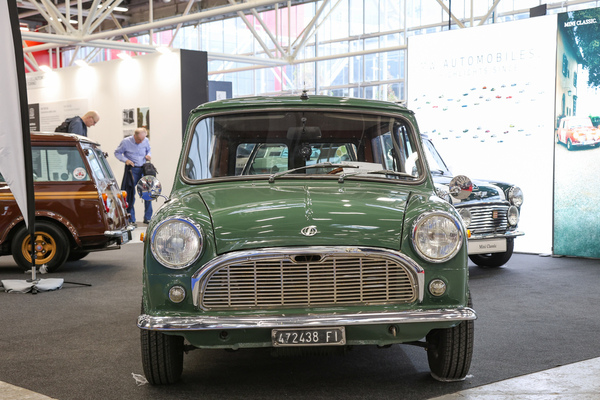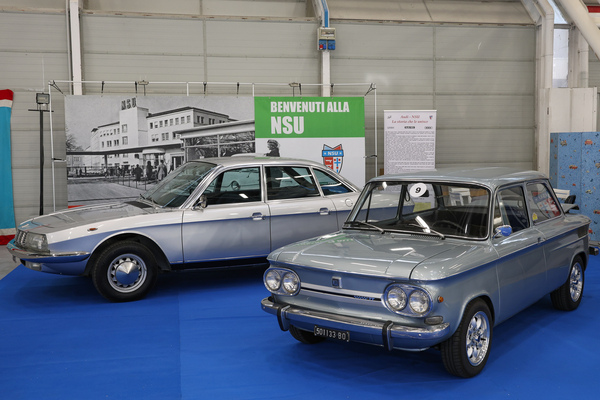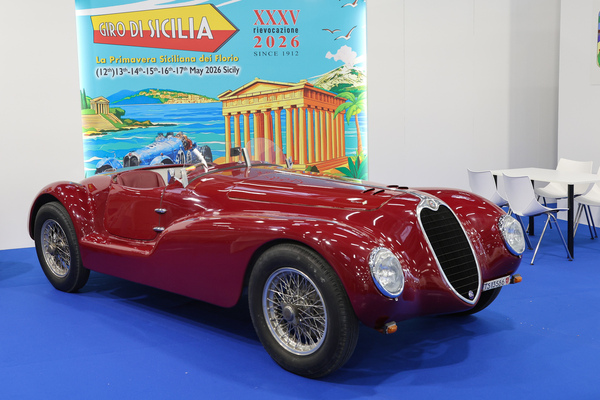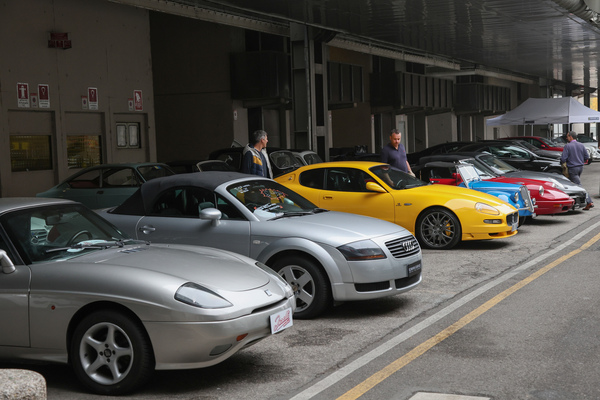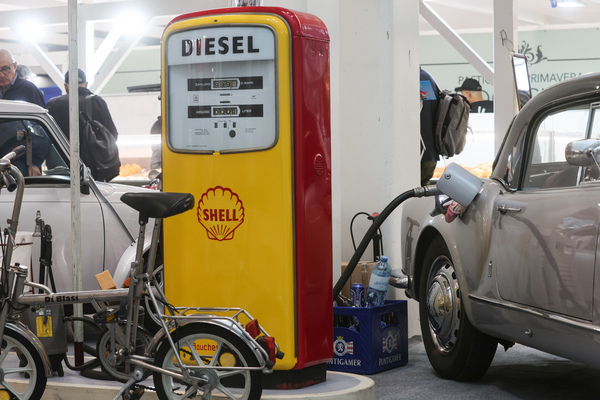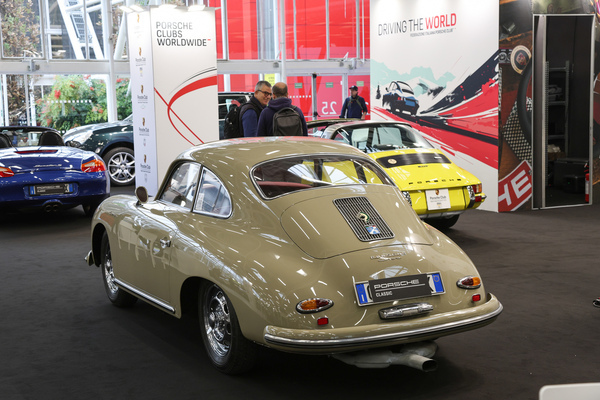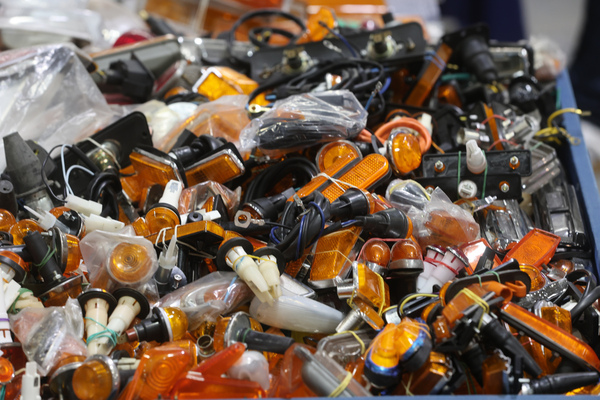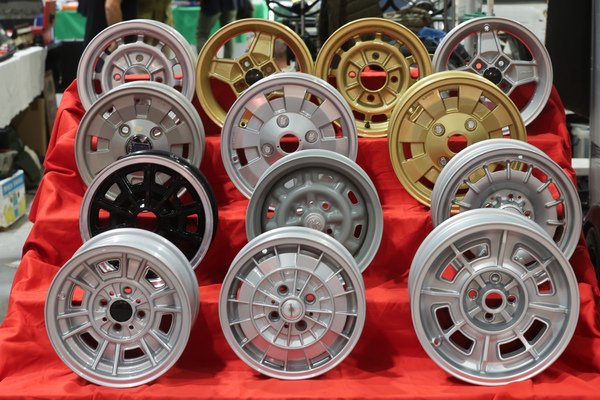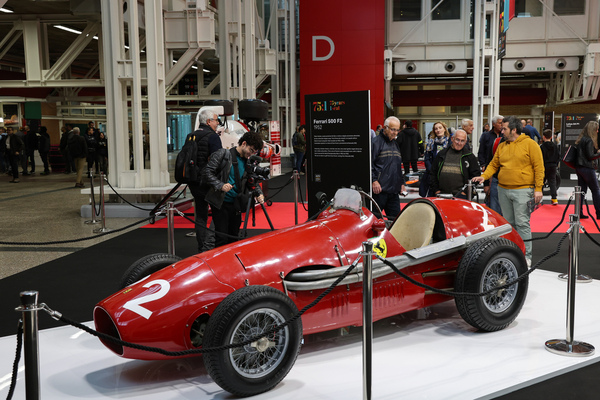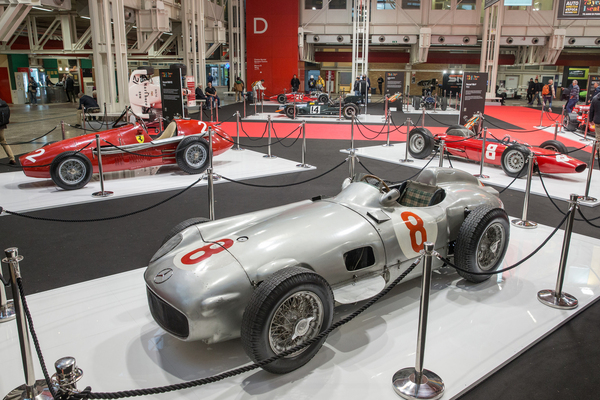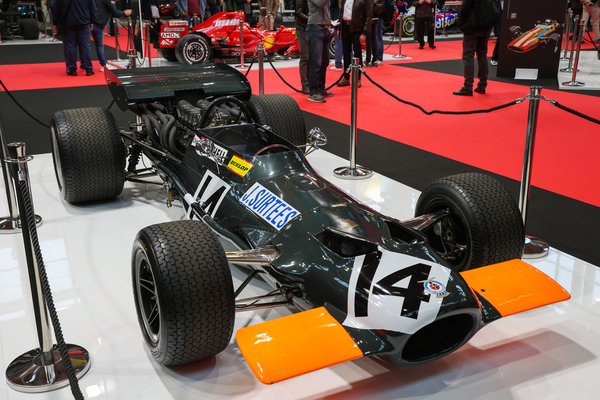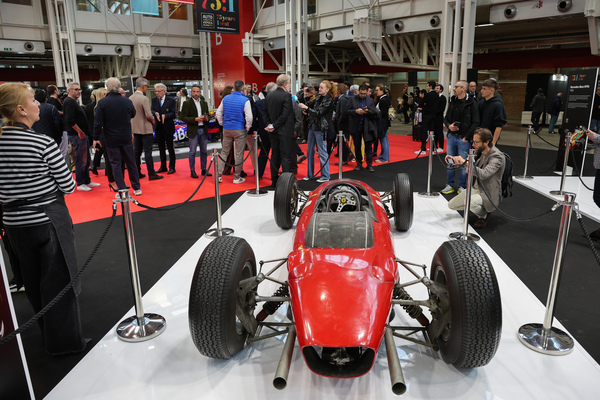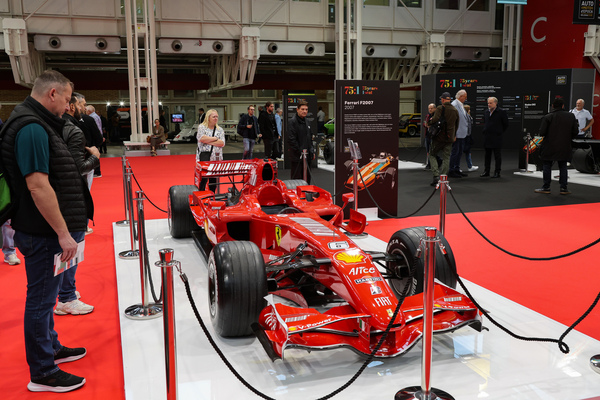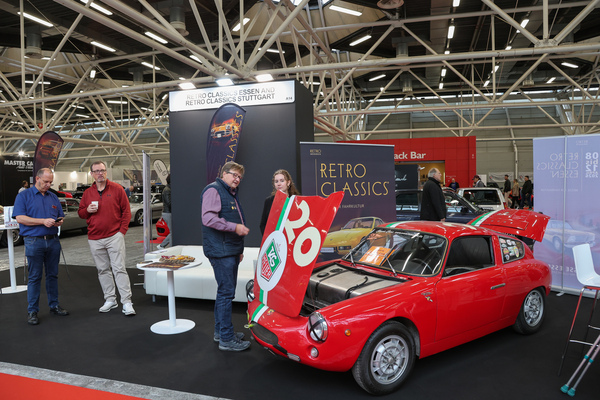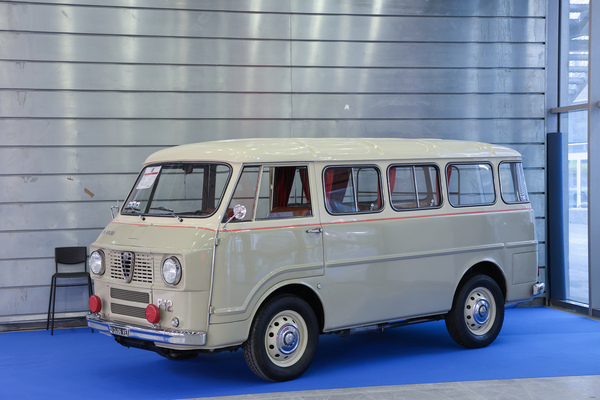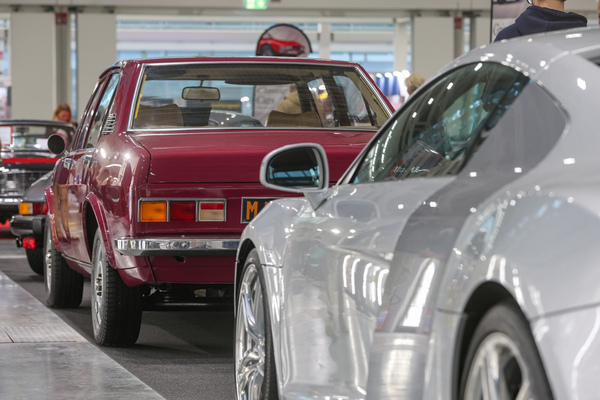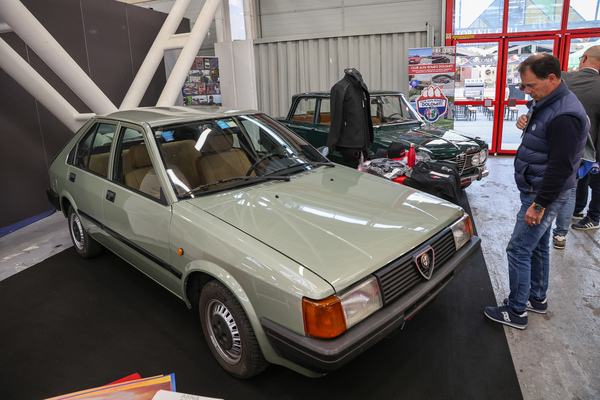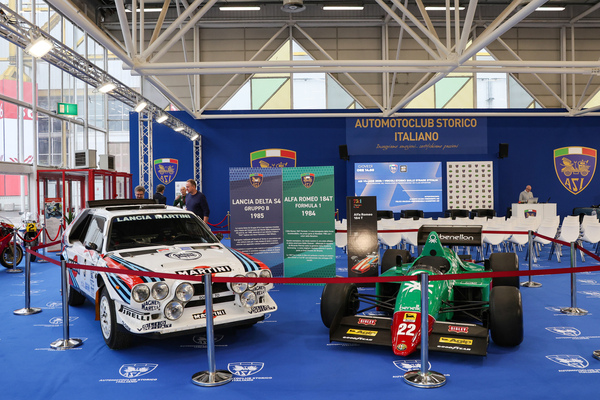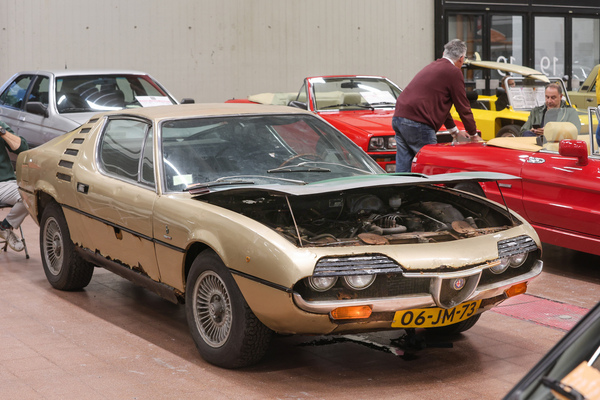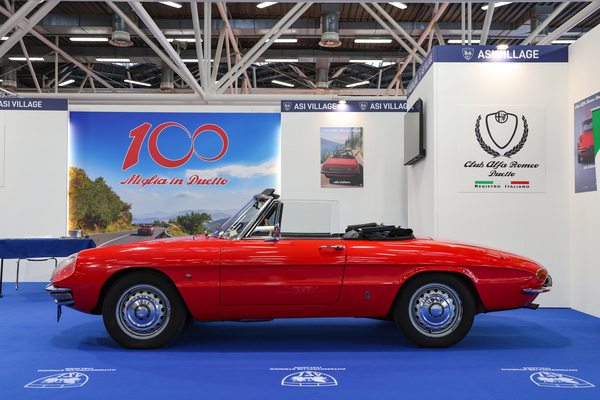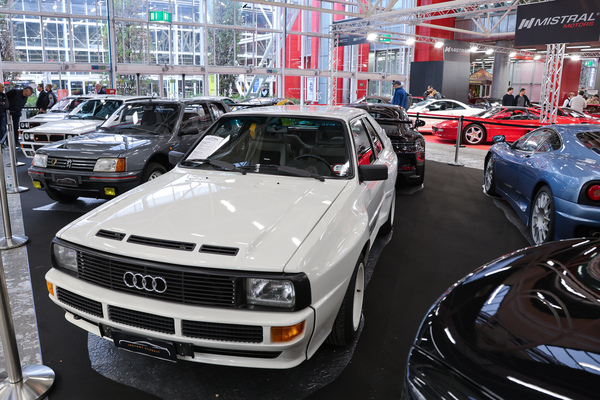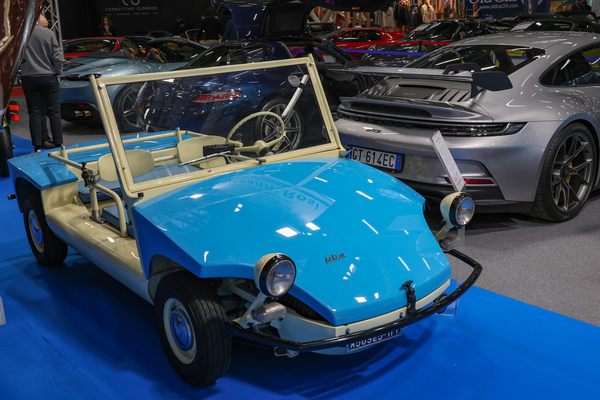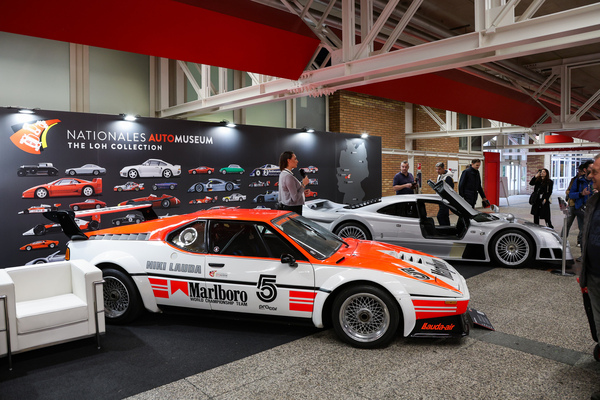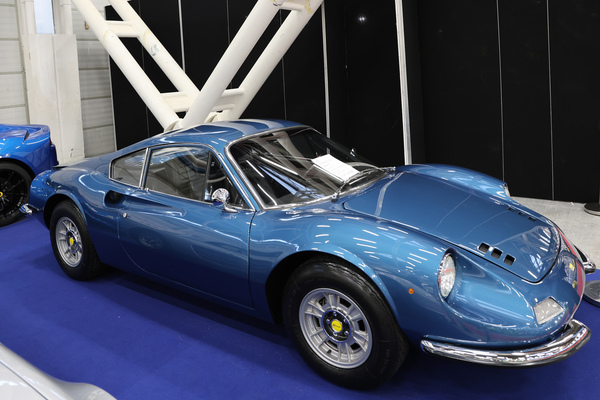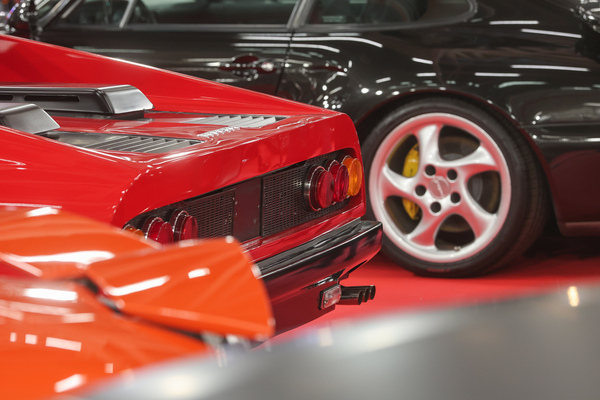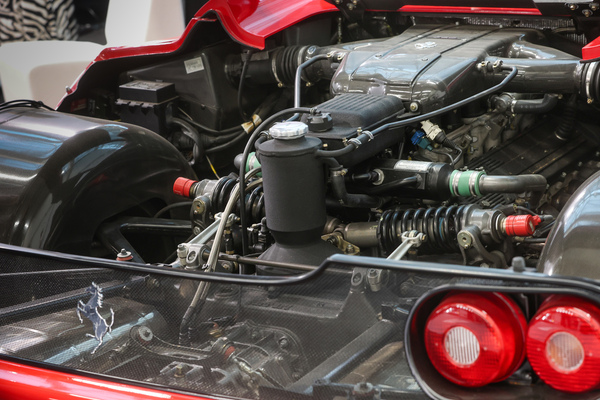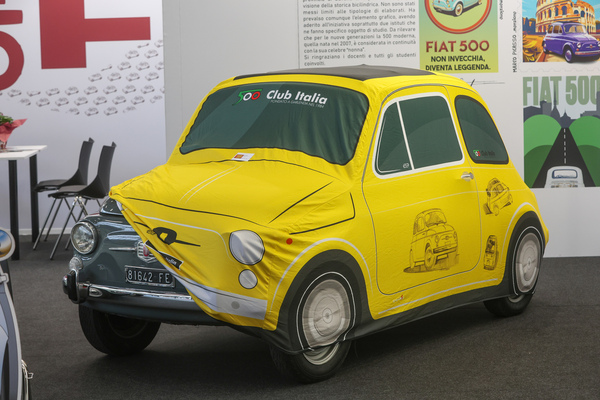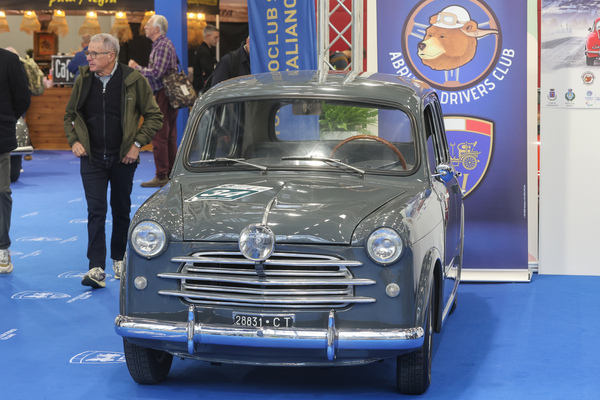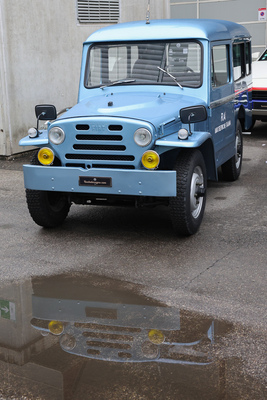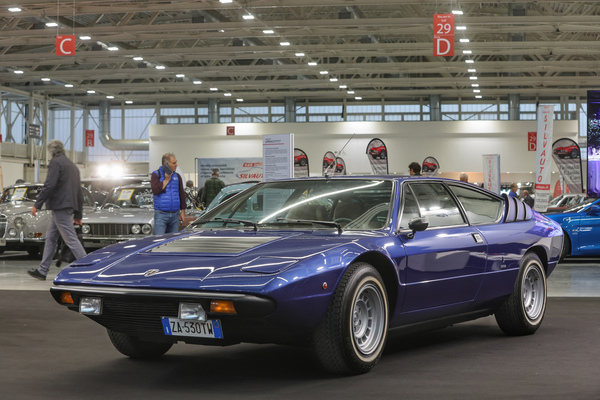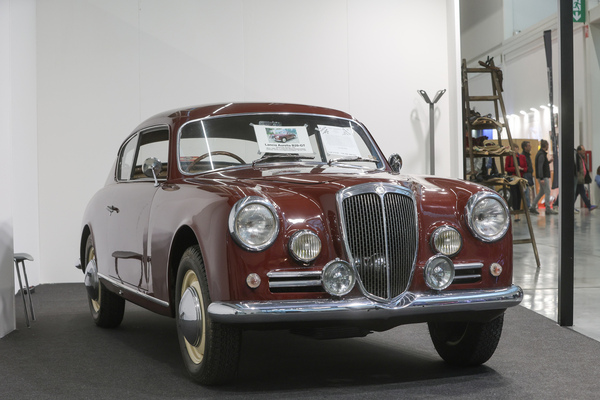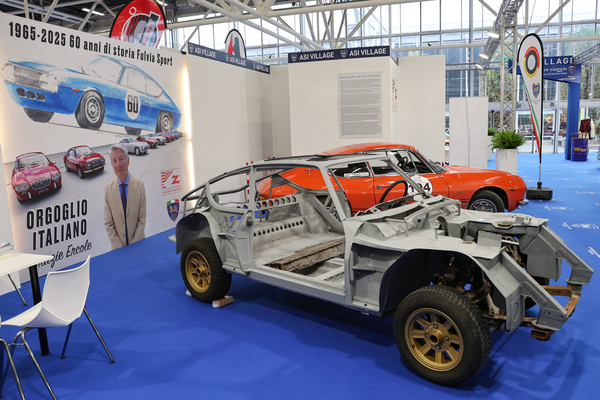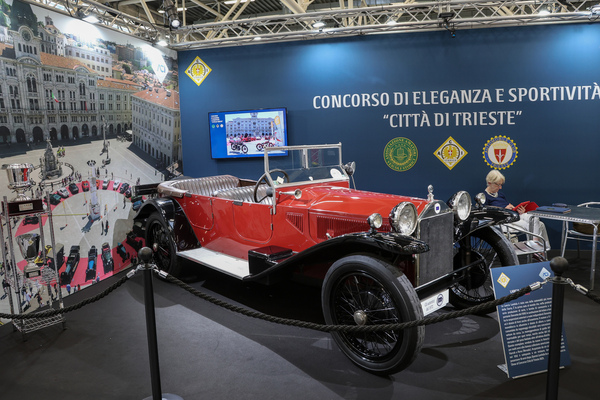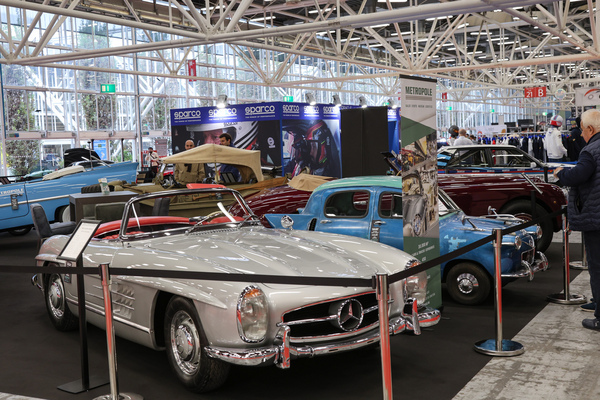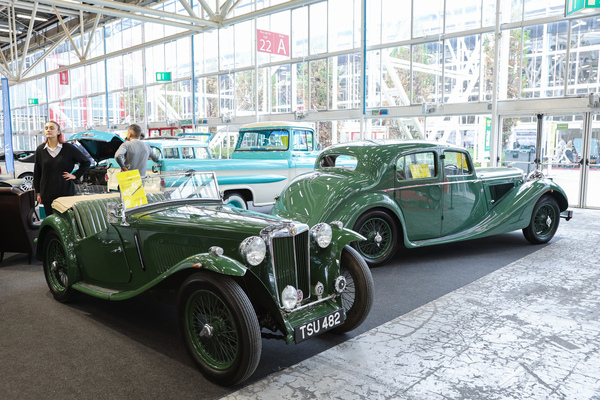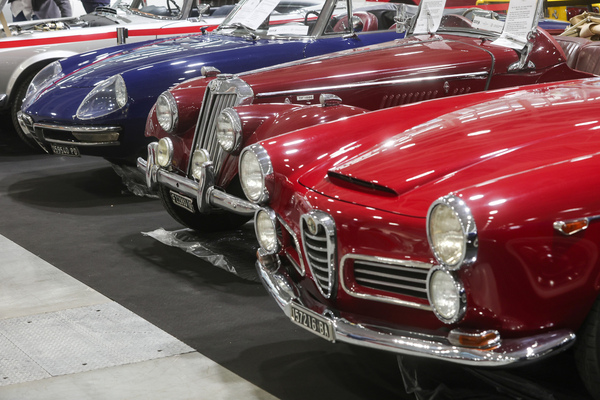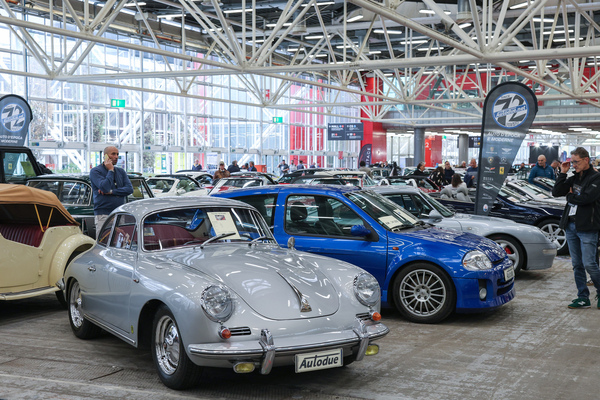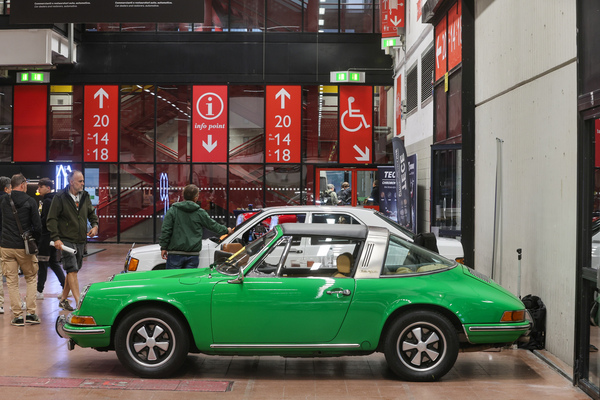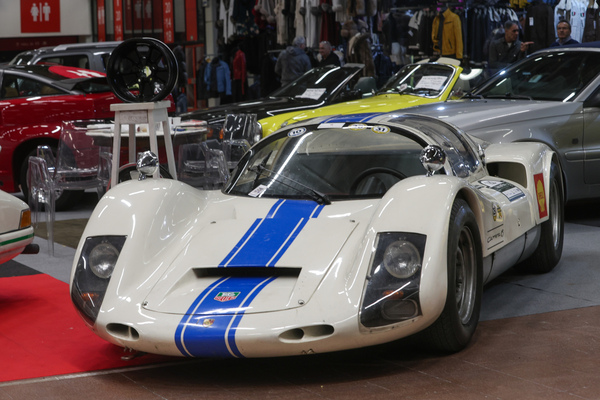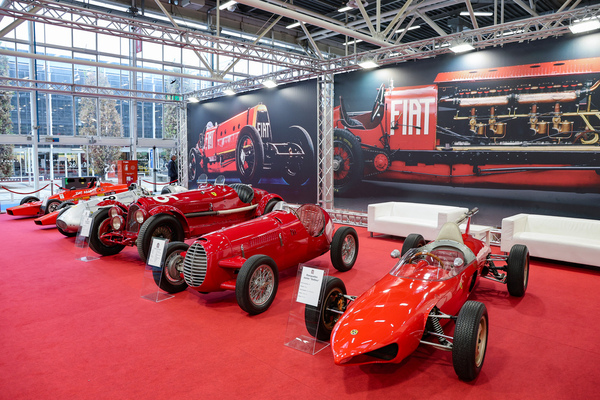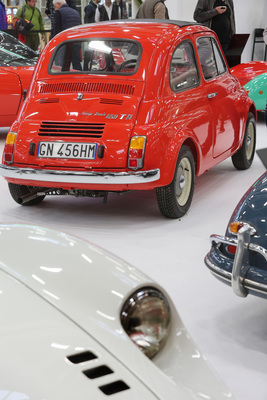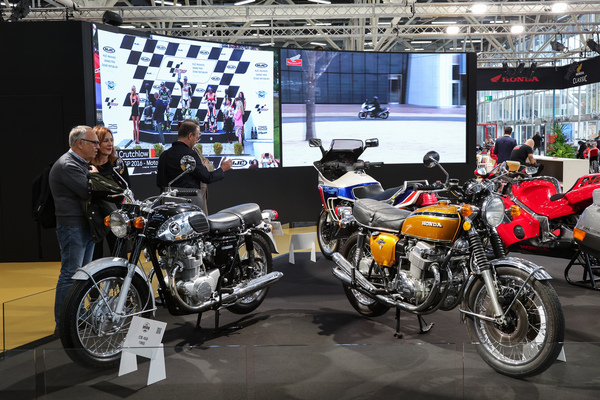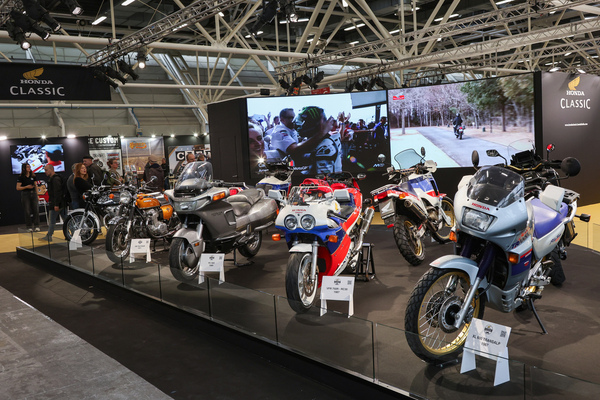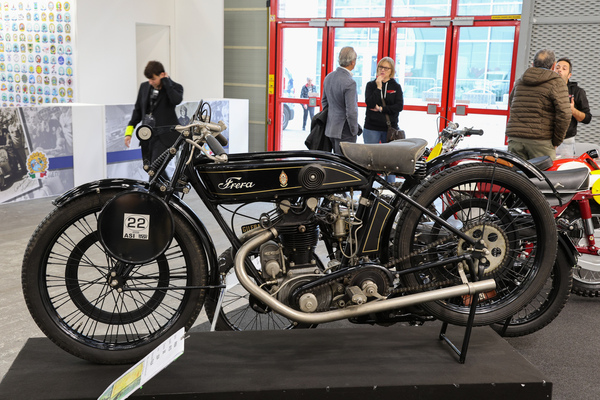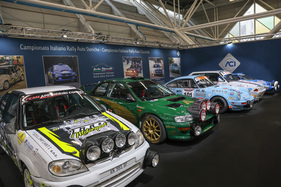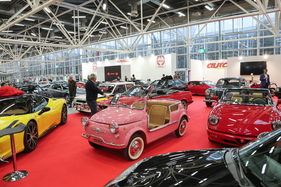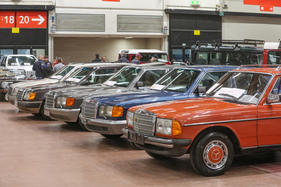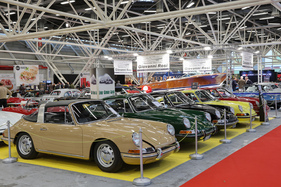Bologna is an attractive city in the Italian region of Emilia-Romagna. There is no shortage of beautiful architecture, dreamy alleyways, excellent restaurants and much more. Nevertheless, vintage and classic car enthusiasts are drawn from the city center to the north-east of the university city and the BolognaFiere exhibition halls at the end of October. This was once again the case from October 23 to 26, 2025, when the 42nd Auto e Moto d'Epoca opened its doors.
For a few years now, this classic car fair has no longer been held in Padua, but in Bologna. The move meant a more modern hall infrastructure and significantly more space, but also a bit of a loss of "patina", which some long-time visitors mourned.

Logistically, however, the new location has many advantages and since the trade fair itself has been in charge, there is really no lack of space with 235,000 square meters in over a dozen halls. Hardly any other classic car fair is as spacious as Bologna, but it can still get pretty crowded from Friday to Sunday.
Several dozen F1 cars
At the center of the 42nd Auto e Moto d'Epoca was the Formula 1 exhibition "75:1", in which monoposti from the 75-year history of Formula 1 were on display.

With plenty of space around the cars and short but concise captions, visitors were taken on a journey through three quarters of a century.

It was impressive to see how the racing cars have changed. The mid-engined cars replaced the front-engined F1s of the 1950s.

Later, the cars became wider and, above all, more aerodynamic, while at the same time the technology increasingly disappeared under covers and air deflectors.

As a special highlight, the exhibitors had come up with the idea of setting up a BRM P180 standing on its side, which offered the viewer completely new perspectives. Worth imitating!
There is also a specially compiled picture story about the F1 special show on Zwischengas.

However, there were also Formula 1 cars to admire in other places, and in total there were probably over three dozen F1 racing cars on display.
Exploration on four routes
The trade fair was organized along four routes that brought together car dealers, motorcycles and parts suppliers, for example. But most visitors were probably just trying to see everything, which is not so easy if you don't always have the hall plan in front of you. It's easy to get distracted, discover something and unintentionally change direction.

Anyone who has actually seen everything in one day has, above all, walked many steps without staying anywhere for too long. No wonder many enthusiasts visit the show for at least two days.
Over 4000 cars
The range of vehicles on display at Auto e Moto d'Epoca is traditionally huge, regardless of whether the vehicles are for sale or not.

Of course, the selection of Italian makes in particular is huge, but the trade fair has also become international over the years.

Your head is soon spinning from all the rarities and exotic cars and in the evening you can hardly remember all the individual cars, it is even difficult to name your favorites.

Looking back, the 42nd Auto e Moto d'Epoca also showed an increasing rejuvenation of the vehicles on offer. This was particularly evident in the Porsche 911, where the selection of water-cooled models outnumbered their air-cooled predecessors for the first time in 2025. The model years ranged right up to the modern era, and the neo-classic has certainly arrived in Bologna.

Unfortunately, this shift in the range towards younger vehicles is at the expense of the pre-war selection. In other years, there were significantly more old Bugatti, Bentley, Lancia and Alfa Romeo cars on display than at the 42nd edition of the show.

Of course, old and very old cars were also on display and on offer, but in smaller numbers than in the past.

The selection of former everyday cars was as large as ever.

In this category, the Fiat Panda seems to overtake many other Italian bread-and-butter classics such as the Fiat 127 or 128, and the author was also unable to discover a Lancia Fulvia saloon. However, as already mentioned, it was easy to lose track in the large halls.

Even on the first day, some cars bore "SOLD" signs, but overall, buyers in Italy also seemed to be acting somewhat more cautiously than in other years.

Of course, there was no shortage of highlights, whether you were looking for rare special bodies or super sports cars.

Lamborghini's entire model history could be traced, while Ferrari's rare classics from the fifties and early sixties were missing.

Maserati, on the other hand, was well represented, but the young Pagani brand was even more prominent.

And even new and unknown classics made an appearance. Cars for real petrolheads are still being built in Italy, even if certain compromises are necessary when it comes to the drivetrain.

The range of vehicles on offer did not end at the hall gates; there were also interesting classics to discover between the halls, even if this "outdoor" offer has declined significantly compared to Padua.
Clubs as guardians of tradition
The club stands at Auto e Moto d'Epoca have always been important. In the new exhibition halls, they are given generous space, particularly in the ASI Village, where cars that would not necessarily be in demand in the trade can also be shown.

The clubs (and also the organizers) really put a lot of effort into the design of their presentations and it is worth taking a closer look. After all, there is a lot of valuable information on the displays and posters and you can quickly find a starting point for a conversation with the stand personnel.

Whether Autobianchi or Zagato, the club landscape in Bologna left little to be desired.
Grandiose Honda special show
Motorcycle fans also got their money's worth in Bologna, especially if they were interested in Honda two-wheelers. With 39 exhibitors, Honda Classic showed how the motorcycle has developed over 75 years.

On display were historic and modern racing machines, road motorcycles from the past and present, as well as enduro and cross motorcycles.

And of course the motorcycle world didn't stop with Honda. There were also two-wheelers from Ducati, Moto Guzzi and the little-known Frera brand.
Parts market in decline?
The parts market at Auto e Moto d'Epoca is traditionally generous and important. Many owners of Italian vehicles come to Bologna especially to stock up on spare parts. But even in Bologna, it is clear that more and more suppliers and buyers are turning to the Internet and that the stationary parts trade is becoming less important.

However, the joy of discovering and buying a rare steering wheel or rear light at a trade fair is much greater than when buying virtually. And at the large stands, you often discover something that you weren't actually looking for.
Good atmosphere
Overall, the mood at the fair in Bologna was one of satisfaction and confidence. People celebrated history and were delighted with the immense selection of cars of all kinds.

There was no shortage of food stands, with an espresso available at almost every corner and usually better than what is served at other trade fairs. Anyone who loves delicious patisserie had an easy time putting on a few pounds at the classic car fair.
In any case, most visitors will return to Bologna again next year in October and perhaps even plan to spend an extra day than this year.
It is not easy to describe a trade fair. So for the visually inclined, a look at the photo gallery with 330 images is the better way to explore the Auto e Moto d'Epoca, at least virtually.
